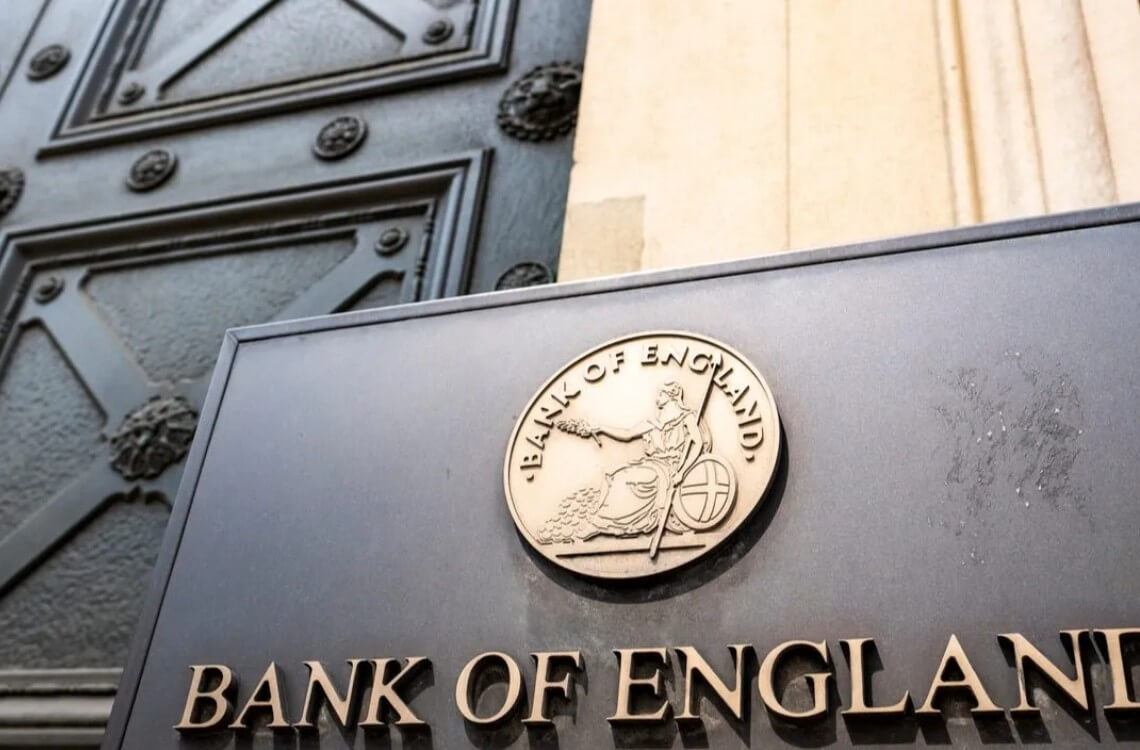Embracing the future of finance with cautious optimism, the Bank of England has unveiled a regulatory blueprint for the stablecoin sector, a significant stride that will usher these digital assets into England’s payment ecosystem.
This move is not just about keeping pace with innovation; it’s a nuanced recognition that the landscape of money and payments in England is in the throes of a technological revolution.
Regulating the New Era of Currency
At the heart of the Bank of England’s innovative thrust is a clear-sighted regulatory regime tailored for stablecoins.
By anchoring stablecoins to the sterling, the Bank ensures they remain grounded in England’s economy, avoiding the wild price swings seen in other cryptocurrencies.
This regulatory approach is not just about ensuring stability; it’s about fostering an environment where innovation and payments evolve hand in hand, propelling England towards a future where transactions are not just safe but also swift and smart.
The BOE’s comprehensive oversight extends across the entire payment chain.
In this nascent realm where stablecoins could become a mainstream payment method, the central bank insists on full backing by deposits, with no interest to be earned—ensuring these digital assets hold their ground against traditional fiat.
The regulation is not about stifling growth; it’s about embedding resilience at the core of innovation. What sets the Bank’s strategy apart is its foresight in recognizing the potential of stablecoins as both a currency and a technology.
By allowing these digital assets for everyday transactions, England is not just adapting to change; it’s seizing the helm of financial technology.
The Bank’s stance is firm: unbacked digital assets have no place in the UK’s retail payments sector. This is a testament not to conservatism but to a commitment to safeguard financial stability in England.
The Fusion of Innovation and Tradition
The Bank of England’s discourse is unequivocally forward-thinking, yet it’s built on a bedrock of traditional financial principles. The ethos is not to disrupt but to integrate, ensuring that stablecoins meld into the financial fabric of England without unraveling it.
The regulatory framework is rooted in international standards and guided by the doctrine of equivalence in risk and regulatory outcomes. This parity is not about creating barriers; it’s about ensuring fair play in England’s financial playground.
By mandating a singular entity to oversee the risks and operations within the payment system, the Bank’s strategy echoes a broader theme: accountability is key.
This is not a curb on innovation; it’s a safeguard against the systemic shocks that could emanate from uncharted digital territories. England’s financial landscape is being redrawn, not with a heavy hand but with a steady one.
The discourse around stablecoins is not just a financial one; it’s a testament to the UK’s pioneering spirit. England has long stood as a global nexus for financial services, from banking to fintech.
The introduction of stablecoins into this ecosystem is not an aberration; it’s a continuation of England’s legacy as a crucible of financial evolution.
The regulatory framework proposed by the Bank of England might seem like a tightrope walk between innovation and stability, but it’s a calculated one.
It’s about ensuring that as England embraces the potential of stablecoins, it does so with its eyes wide open to the risks and opportunities that lie ahead.
The Bank of England has not merely opened the door to stablecoins; it has laid down the welcome mat, ensuring that as these digital currencies find their place in England’s economy, they do so with a badge of safety and a promise of efficiency.
This is not a concession to the inevitable; it’s a strategic move to position England at the forefront of the financial future.





